5 Meal Time Tips for Toddlers
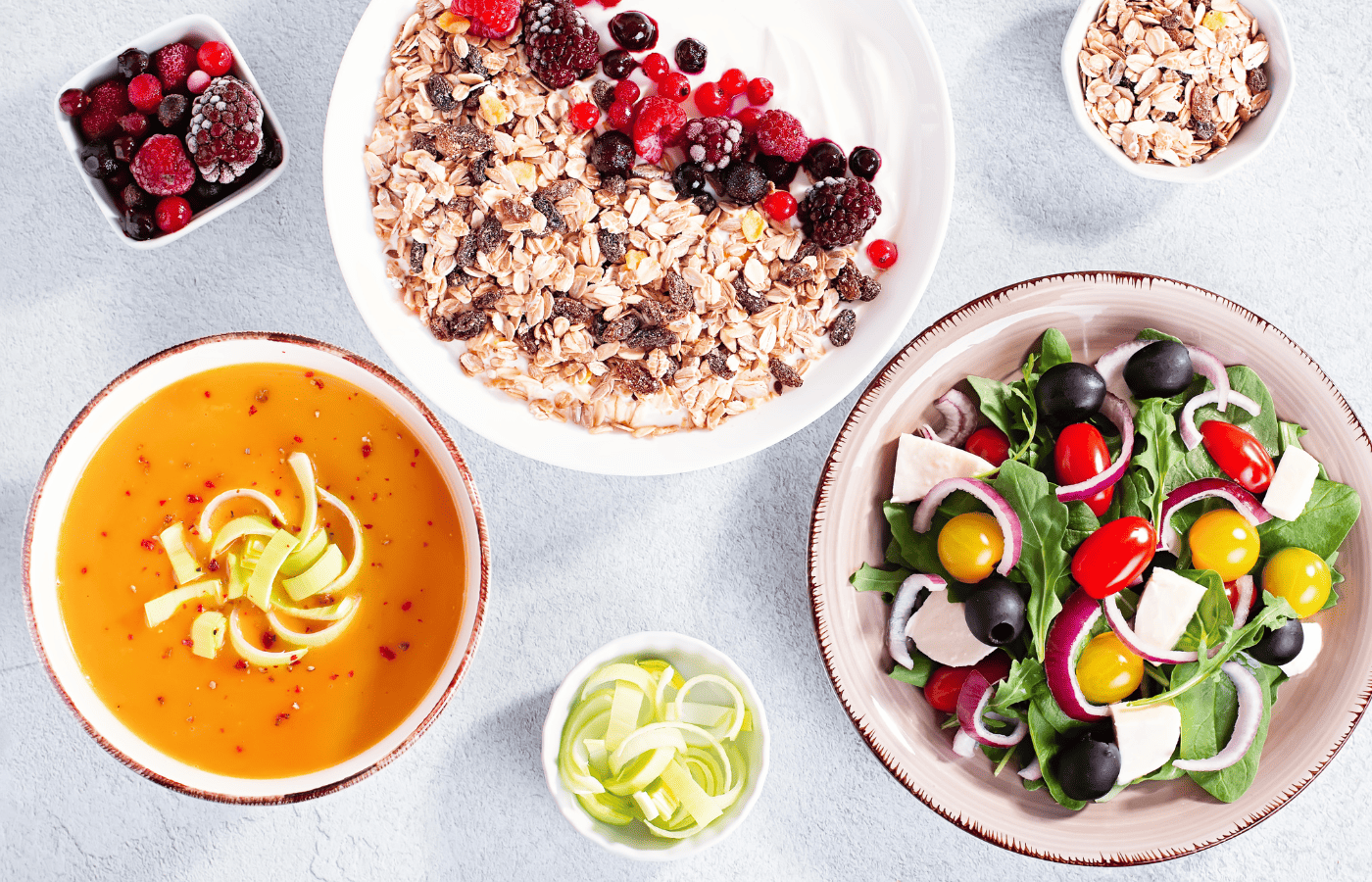
Are your kids making meal times a nightmare? Are you fighting them to eat their vegetables? Is the whole plate from your toddler going in the bin? Or on the floor? As a mom, I know how toddlers can be, especially at meal times. Today I am sharing below my meal time tips.
To be honest, I must say that apart from the odd dinner- our dinners together are pretty enjoyable and the twins have started the habit of telling their dad what we have done during the day.
I love hearing what they remember from the day! They are also pretty good eaters so I might be double lucky but I also think following the 5 points below has helped us in creating a nice dinner time. And do they eat their vegetables and finish their plates every night? Nope! But pretty often and I am happy with that.
This site uses ads and affiliate content as an Amazon associate earning on qualifying purchases. Disclosure.
5 ways to make meal time a success with toddlers and young children.
I have written this blog post with 5 meal time tips to hopefully help a little to turn crazy meal times into happier peaceful family moments.
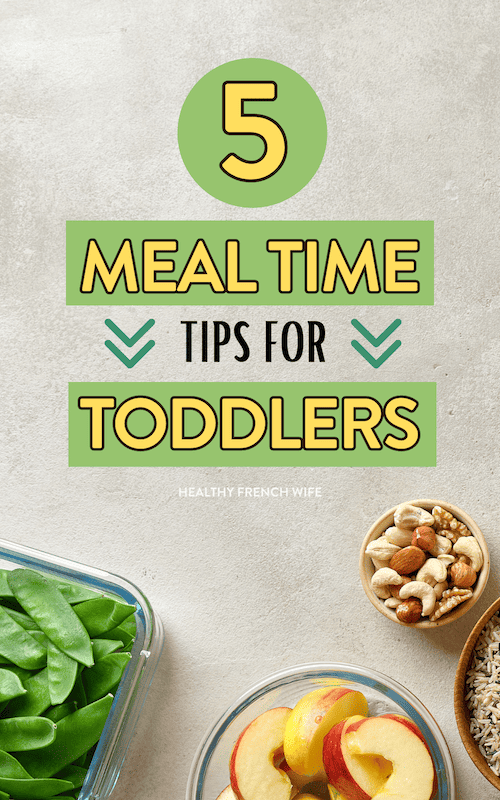
1. Eat as a family around the table
Since we moved to Orange and my husband’s work hours have changed (he finishes work around 5h30/ 6h these days instead of 6h30/7h) and the twins being able to wait for a later dinner and bed time, we usually have dinner at 6h30 and they go to bed at 7h30. Sharing dinner as a family has helped the twins to try new and different foods and accept the same dinner as us. It has improved our family connections and communication. I love our family dinner time.
2. Limit snacking
I know this tip worked particularly well for my son James. He likes to eat a lot but only a little at a time and he prefers snacks over meal times. I used to just give in and offer him foods whenever he wanted but when he turned 2 I started giving a proper more filling snack 2-hours before meal times instead of lots of small ones. He gets nice and full from his snack and gets hungry again for dinner!
(Ideas for good tummy-filling snacks are: smoothies (with good fats and protein), PB sandwich, avocado or vegemite sandwich, fruit & nut platter with bliss balls, pop-corn and a fruit.)
Grazing all day is not beneficial for little tummies as they fill up on lots of small snacks and are not hungry anymore for the more nutrition-dense meals. Try reducing snacks 1-2 hours before meal times.
3. Lead by example
This is simple. If your child never sees you eat vegetables they are very unlikely to do so themselves. So make sure to always serve yourself a nice serve of vegetables and fruit and don’t be scared to tell them how delicious it is and how much you love them. This is proven to help toddlers in trying out new foods and vegetables. The positive social influence is even greater if their friends around them eat their vegetables so surround your children with not picky eaters!
4. Serve vegetables first
If your children are really not good vegetables eaters I would recommend serving them to begin the meal as opposed to serving them as a side. You can serve some “crudites” like raw salads, carrots and hummus or roasted vegetables or offer a veggie based grazing plate when they are hungry while you are cooking dinner. This works amazingly well in our home. A hungry child is more likely to eat them and start appreciating them. I know even for myself this works well to snack on raw carrot and celery while prepping dinner.
If your child is a little older they could also help you in prepping, cutting and cooking them.
5. Don’t push and keep serving all foods.
Eloise loves cauliflower and broccoli. But only on certain days! It drives me crazy but some days she can eat a whole broccoli and others she will pick it out and says she doesn’t like it. Because I never know what day it is going to be I keep serving it but I don’t force her to eat. I never ask them to finish their plates – only to taste or touch and eat until full.
I remember long horrible meals as a child being forced to finish my plate. It is not the recommended method anymore to force children to finish their plates or tasting foods. These days it is recommended for the parent to decide when food is offered and what type of food is offered and the child can decide if they are going to eat and how much they are going to eat. This is the division of responsibility theory.
Bribing and getting angry won’t lead to your child getting over their fear of vegetables. Positive reinforcement along with leading by example and lots of availability of consuming vegetables are the best ways to create healthy and happy relationships with food and vegetables in children and reduce meal time stress for parents and children.
Children are naturally cautious of new food. They may need to see a food 10 times or more before they decide to try it. Repeat exposure is key. I always serve all vegetables we are having on their plates even if I know it might not be eaten. After repeat exposure, seeing you eat it and positive verbal reinforcement to try they are more likely to try it.
It might take a while but you will get there! Eloise and James are almost 5 now. I am so pleased at how much they love most vegetables and healthy foods. They are very easy and good eaters. I am grateful for all my hard work for the past 4 years!
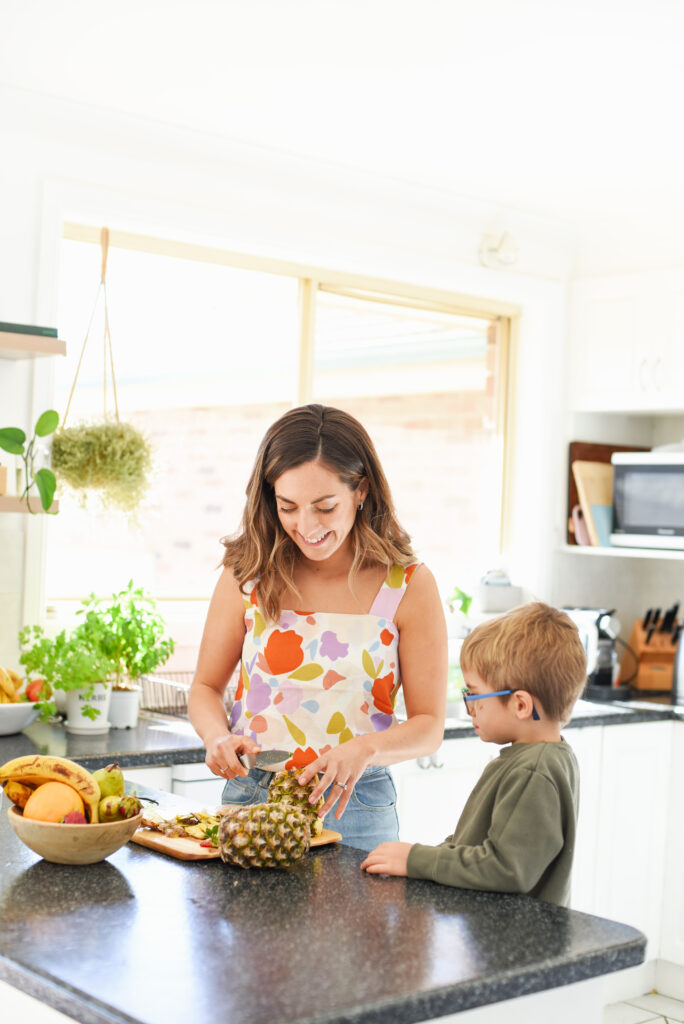
Another meal time tip:
I also found cute new plates, cutlery, asking them to plate up along with being more relaxed with the mess they make good ways to create happier meal times for everyone.
I hope you enjoyed my meal time tips. If you need help with your picky eater I offer a one on one coaching program for picky eaters. Also check out my cookbook Healthy Little Tummies for family healthy plant-based recipes and my page @healthy.little.tummies.
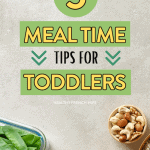


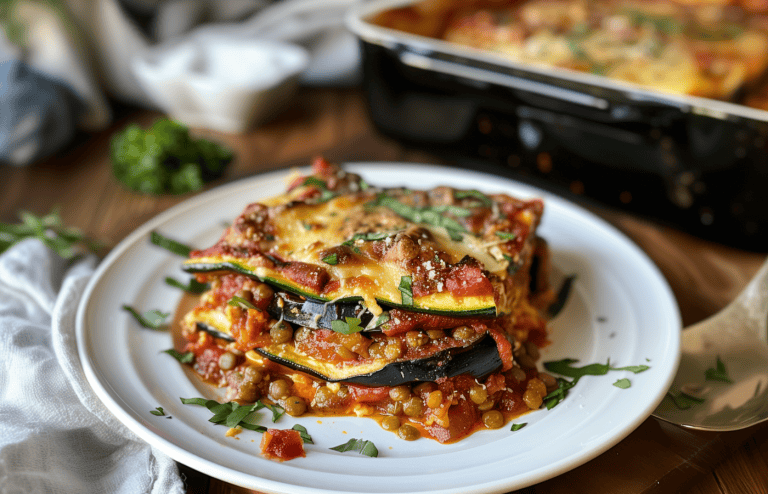

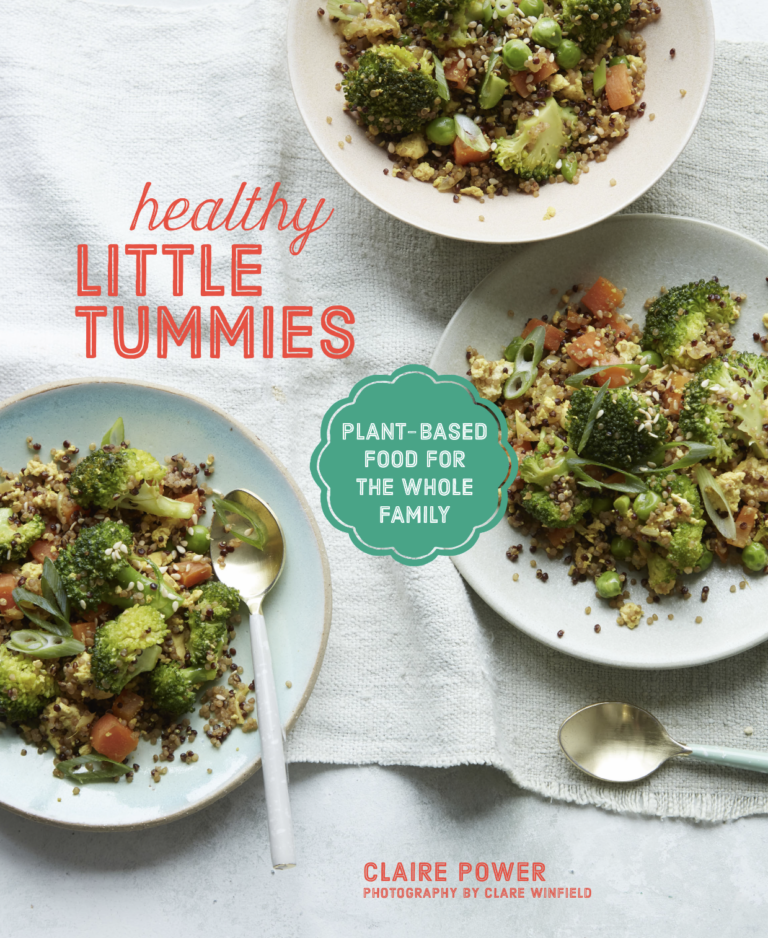
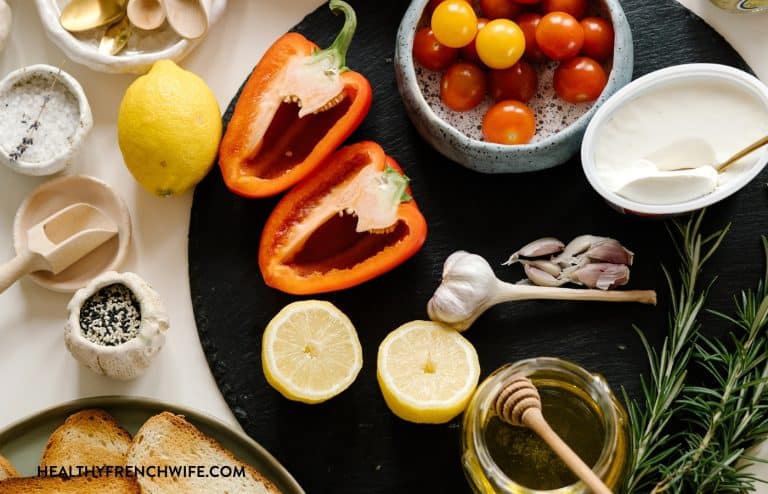

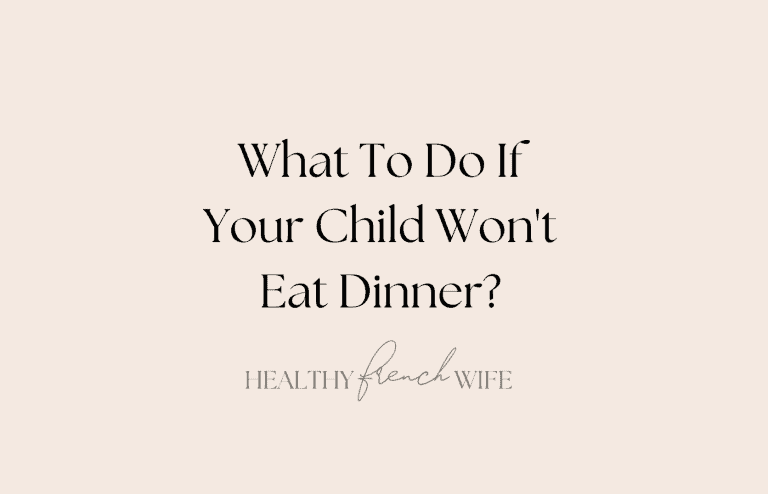
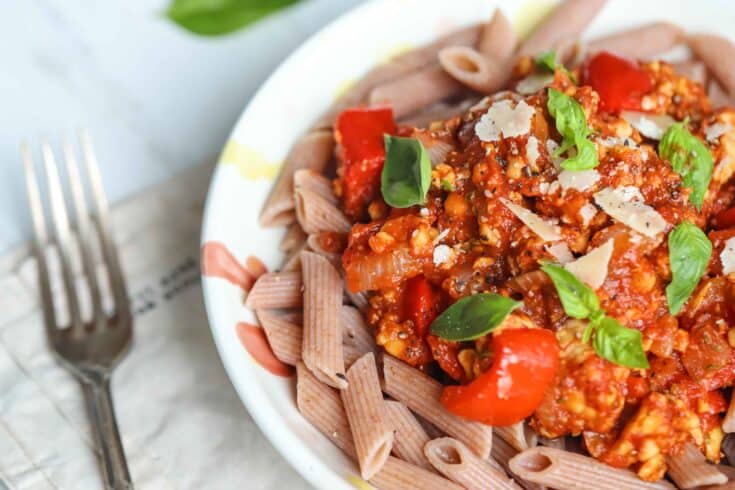
One Comment